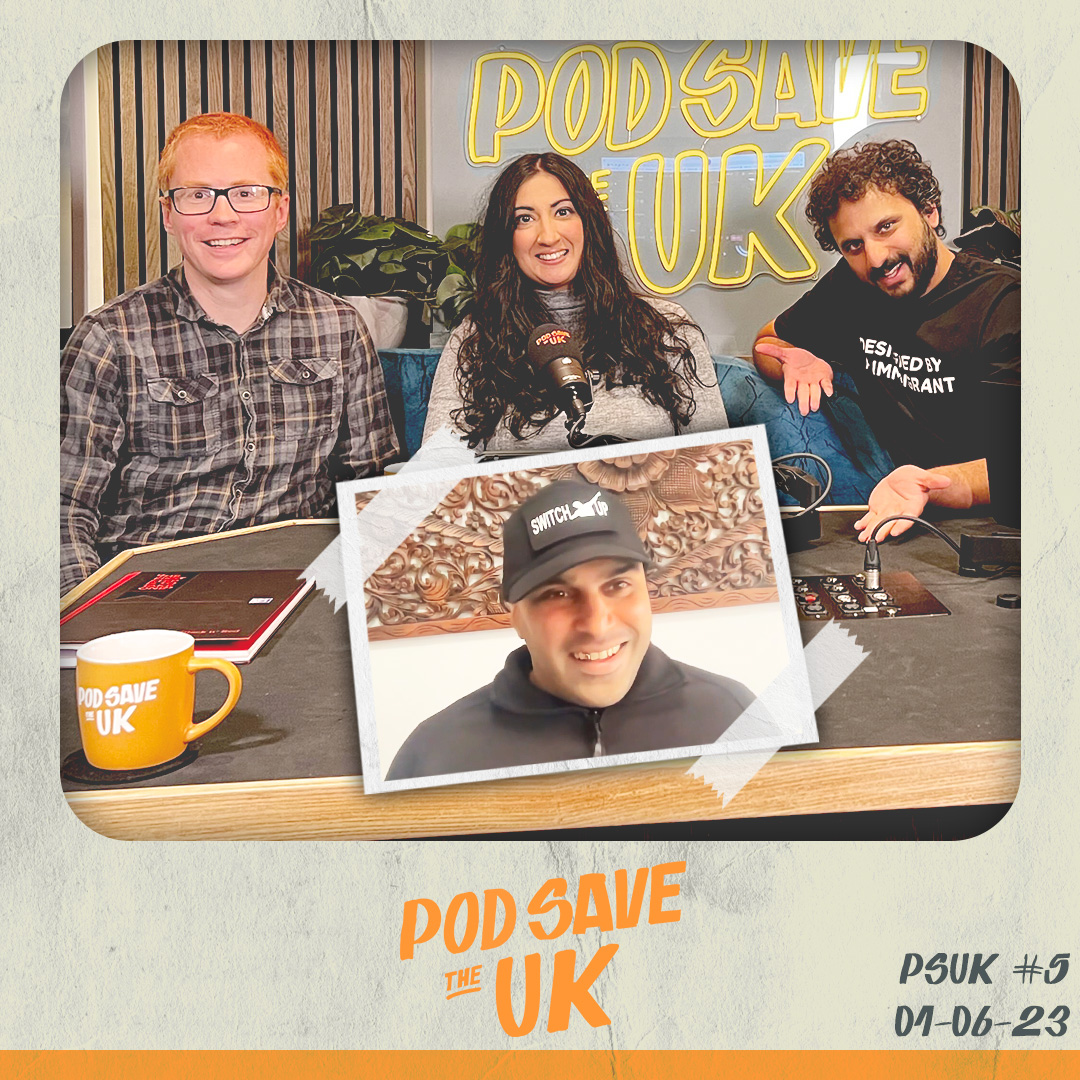Knife crime
What is knife crime?
Knife crime is any crime involving a knife or other bladed or pointed object, such as screwdrivers, razors or broken bottles. This could involve assaulting or stabbing someone, threatening them in order to steal something or carrying a knife or a bladed/pointed object.
But more than this, knife crime has become synonymous with the issue of youth violence in the UK and its devastating consequences for young people, families and communities alike.
Many people ask: ‘What can be done to stop knife crime?’ It's part of the Youth Endowment Fund's job to find out.
Our mission is to find what works to prevent children and young people from becoming involved in violence and to build a movement to put this knowledge into practice.
To understand what works to prevent knife crime, we need to understand what drives a young person to pick up a knife in the first place. Our research covers a wide range of areas, from evaluating individual prevention projects to understanding the lives of young people.
Below you can find a summary of our research and resources to help children live a life free from knife crime and violence.
What works to stop knife crime?
The YEF Toolkit summarises the best available research about what works to prevent youth violence. Below are the approaches which have a strong focus on preventing knife crime.
Summary of the evidence
- A&E navigator programmes place case workers in Accident and Emergency departments to support children and young people who are admitted with knife and violence-related injuries. From the available studies, we estimate A&E navigator interventions could have a high impact on preventing youth violence, though more high-quality studies are needed.
- Knife surrender schemes, also called ‘weapon amnesties’ or ‘knife amnesties’, aim to remove knives from the street by providing bins or collection points where people can drop them off. As there are only a small number of evaluations on knife surrender schemes, we’re unable to calculate their impact on violent crime. Two studies in the UK suggest that knife surrender schemes may contribute to a small reduction in weapon-related offences during the period of the amnesty, but those reductions are not sustained for long.
- Media campaigns aim to raise awareness about the consequences of knife crime and involvement in violence. The research on its impact is very weak. There’s insufficient evidence to calculate its impact.
- Knife crime education programmes aim to reduce knife carrying among children and young people. Though widely delivered, very few programmes have been robustly evaluated. Those that had, didn’t measure the impact on reducing violence. As a result, we’ve been unable to give it an impact rating.
Knife crime statistics
The Youth Endowment Fund’s ‘Children, violence and vulnerability’ report explores how violence – and fear of violence – is shaping children’s lives.
In 2023, we surveyed 7,500 teenage children to show how trends in violence are changing.
Here’s some of what we found about knife crime and weapon carrying in the previous year…
- 4% said they’d carried a weapon.
- 29% said they had seen violent content on social media featuring weapons being carried, used or promoted.
Young people’s views on knife crime
The Peer Action Collective (PAC) is a ground-breaking network of young people who are designing and conducting research about young people’s experiences of youth violence.
Here are some of their recent findings and reflections on knife crime…
‘Many of the young people that Peer Researchers spoke to believed youth violence mainly concerned knife crime and that this was motivated by organised criminal activity and the sale of illicit drugs. However, Peer Researchers were quick to note that some young people’s perceptions of youth violence were largely based on headlines across mass media rather than personal experience.’
I think it’s quite bad, just from videos you see online. I wouldn’t say I’ve experienced it myself, but just from seeing videos and stuff online on Facebook, Twitter, Instagram you see all kinds of violence especially of knife crime, obviously knife crime’s quite bad. Yeah, I wouldn’t say I’ve experienced it but from talking to people that I know, my friends and things like that, it’s definitely a big issue.
Naz (24), Yorkshire
‘Some girls disclosed that they had carried a knife before as protection from sexual violence, preferring the added layer of security this provided to them when they were travelling alone around their local area. They largely felt if gender-based violence against them was appropriately addressed, they would not feel the need to resort to such extreme measures for safety.’
There’re some young women who carry pepper sprays or some kind of knives at night or even during the day because they’re worried about getting assaulted and things like that. It’s really important to take everything into consideration because it’s not just about people, the youth, having a weapon; it’s more about what is this weapon used for? And is it just used for committing crimes or is it about protection, to protect yourself?
Krista (17), Ipswich
To read more about young people’s views of knife crime and youth violence, download the Peer Action Collective’s report, ‘Leading research, driving change’.
YEF-funded projects to prevent knife crime
We’re currently funding several knife crime focused projects. These projects have various aims – from educating young people about the dangers of carrying knives to using admission to hospital for knife-related injuries as a ‘teachable moment’.
Find out more about YEF-funded projects below.
Evaluation reports: knife crime prevention programmes
At the Youth Endowment Fund, we publish an independent evaluation report for every project that we fund. This tells everyone whether that project was an effective way to prevent youth violence and helps us understand what works, for whom and why.
Below you can find our published evaluation reports for knife crime prevention projects.
Media on knife crime
BBC Radio 4 - Analysis

Jon Yates, Executive Director at the Youth Endowment Fund, presented Radio 4’s Analysis to investigate: We know how to stop knife crime, so why don’t we do it?
Pod Save the UK
YEF newsletter
Sign up to our newsletter to hear about the latest news, research and funding opportunities from the Youth Endowment Fund.
[mc4wp_form id="298"]



